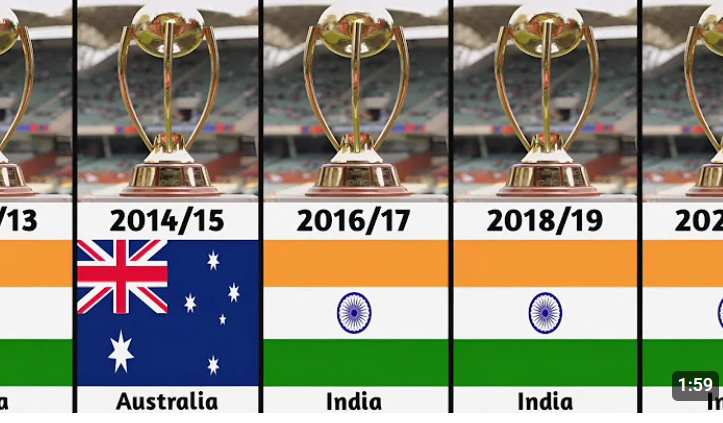
India’s recent loss to New Zealand not only broke a 12-year streak of unbeaten home Test series but also exposed significant cracks in its preparations for the upcoming Border-Gavaskar Trophy. India lost the Pune Test by a substantial 113 runs, a defeat underscored by a string of underwhelming performances from key players like Rohit Sharma and Virat Kohli, whose current form has led to serious concerns. Across two Tests, Rohit managed only 68 runs, with a high score of just 52, while Kohli struggled similarly, accumulating just 88 runs with an average of 22. These figures are a far cry from the leadership and consistency India requires from its batting stalwarts.
Kohli’s vulnerability to spin is increasingly problematic, as shown in his dismissals by Mitchell Santner. Kohli’s average against left-arm spin has dropped from 72.45 in earlier years to 22.70 since 2020—a concerning statistic, given Australia’s Nathan Lyon has a history of exploiting India’s weaknesses on bouncy tracks.
Rohit’s form, while slightly better, remains inconsistent, and his low scores of 2 and 8 in critical innings against New Zealand have raised doubts about his ability to withstand Australia’s fast and aggressive bowling.
Adding to India’s challenges is Mohammed Shami’s absence due to injury, leaving Jasprit Bumrah to lead the pace attack. Without Shami, the burden on Bumrah to maintain bowling depth and containment becomes critical, especially as India fields several new players with little experience in Australia’s conditions. Historically, Shami’s experience in Australian Tests has been invaluable; in the 2020-21 series alone, he averaged 21.27 in Australia, and his absence will likely be felt.
These concerns come as India faces an Australian team with a powerful pace attack that includes Pat Cummins, Josh Hazlewood, and Mitchell Starc. In Australia’s recent series, their bowlers have collectively averaged under 23 runs per wicket, a statistic that underscores the challenge India faces in protecting its batting weaknesses.
India’s preparation strategy has also raised eyebrows. In a departure from previous tours, the team opted to skip traditional warm-up games, choosing instead to focus on net practice. This could put India at a disadvantage, as prior tours saw them using practice games to adapt to the bounce and pace of Australian pitches. With India’s place in the World Test Championship on the line, the risk of a whitewash looms large unless its senior players can swiftly regain form and the newcomers rise to the occasion
Leave a Reply